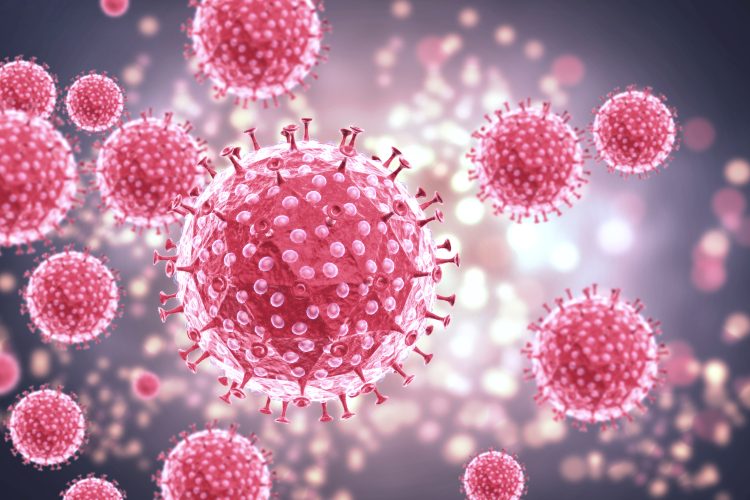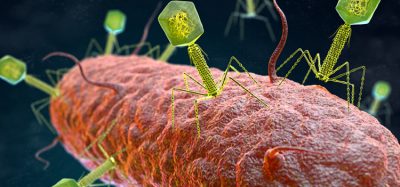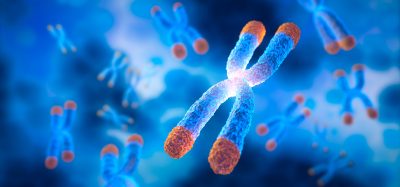Advancing HIV treatment with a small molecule inhibitor
Posted: 31 July 2024 | Drug Target Review | No comments yet
The new study demonstrated that a small molecule inhibitor, BLZ945, could be used as a potential therapeutic to achieve viral clearance.


For the first time, scientists at Tulane University have discovered that an experimental drug greatly reduced levels of SIV, the nonhuman primate equivalent of HIV, in the brain by targeting and reducing macrophages which harbour the virus. This finding could have far-reaching implications for brain-related issues caused by HIV.
Dr Woong-Ki Kim, lead study author and associate director for research at Tulane National Primate Research Center, explained: “By specifically targeting the infected cells in the brain, we may be able to clear the virus from these hidden areas, which has been a major challenge in HIV treatment.”
Antiretroviral therapy (ART) is a crucial component of successful HIV treatment. It maintains the virus at undetectable levels in the blood and transforms HIV from a terminal disease into a manageable condition. Despite this, ART does not eliminate HIV, with the virus remaining in viral reservoirs in the brain, liver and lymph nodes, meaning patients require lifelong treatment.
Due to the blood-brain barrier (BBB), the brain is a difficult region to treat. Furthermore, macrophages are extremely long-lived, making them difficult to destroy once they become infected.
Around half of individuals with HIV experience neurocognitive dysfunction, which is believed to be partly caused by macrophages. Therefore, removing the virus from the brain is critical for comprehensive HIV treatment and could extensively enhance the quality of life for those affected.
Small molecule inhibitor
The team used a small molecule inhibitor, BLZ945, to block a receptor that increases in HIV-infected macrophages, which drastically lessened the viral load in the brain. Prior to this, BLZ945 has been studied for therapeutic use in amyotrophic lateral sclerosis (ALS) and brain cancer.
Three groups to model human HIV infection and treatment were used: an untreated control group, and two groups treated with either a low or high dose of the small molecule inhibitor for 30 days.
Following the high-dose treatment, the researchers saw a reduction in cells expressing HIV receptor sites, and a 95 to 99 percent decrease in viral DNA loads in the brain. Importantly, the treatment did not impact microglia, which are key to maintaining a healthy neuroimmune environment. Also, the doses tested did not demonstrate signs of liver toxicity.
Moving forwards, the team will test this therapy with ART to assess its efficacy in a combined treatment approach, improving the strategy to entirely remove HIV from the body.
This study was published in Brain.
Related topics
DNA, Immunology, microglial cells, Small molecule, Virology
Related conditions
HIV
Related organisations
Tulane National Primate Research Center, Tulane University








